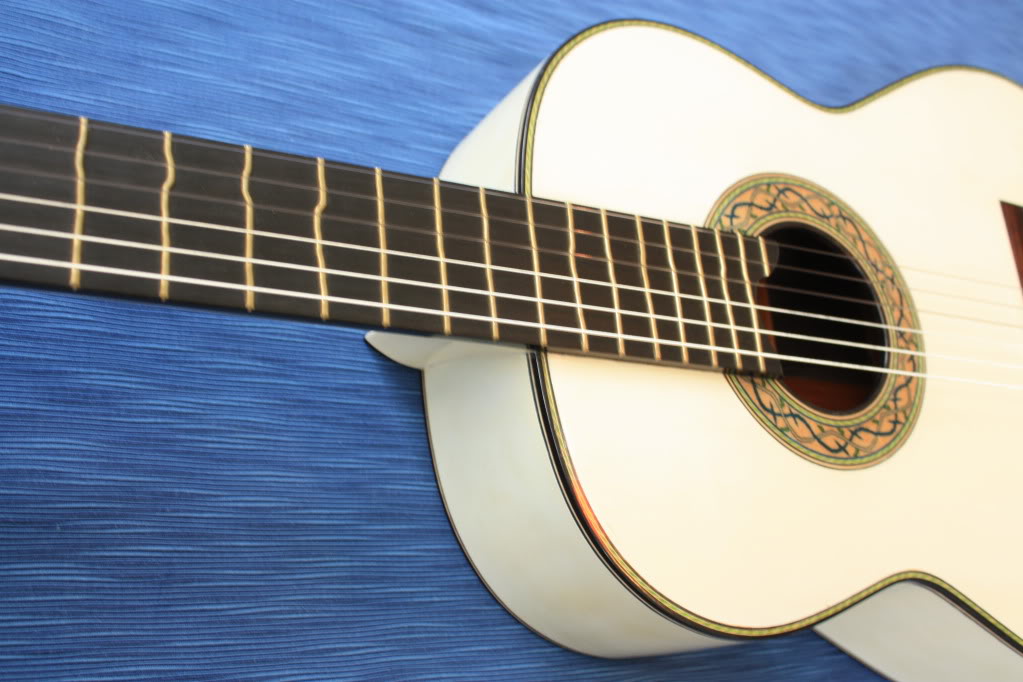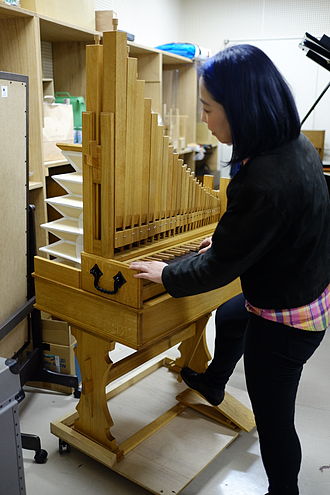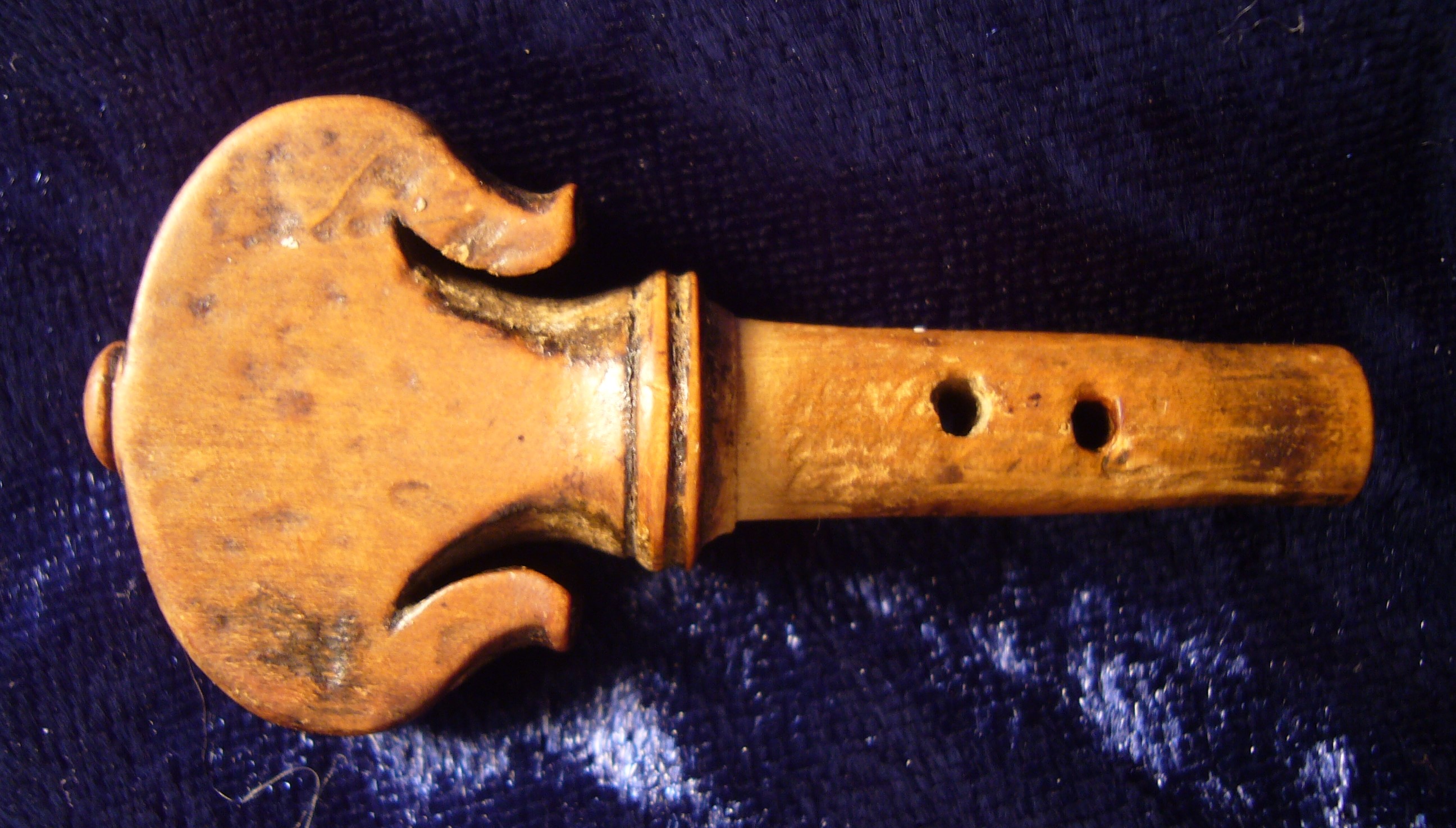|
estebanana -> RE: Sympathetic Resonance Demo- Equal Temperament problems (May 30 2017 2:17:54)
|
quote:
Oh lord here we go again....trying to fix what ain't broken.....more crutches for the aurally challenged players.
Ricardo! Right on schedule. I guess I jumped the shark in the first post because I did not intend this to be a 'let's bitch on intonation' thread- sorry if I misled.
Yeah I was not suggesting a fix, I just liked the way the guy in the original video laid out the situation of overtone support with fixed frets, and I unconsciously compare that to bowed instrument overtone support which is 'ear intonated '. It's my preoccupation to compare instruments tuned in fifths with those tuned in forths. My thing is not that guitars are broken or incomplete intonation wise, but that I hear transposed music, from to fifths tuning to forths tuning, has overtone misplacements due to the overtone support of lack thereof on certain guitar notes. It's not a big deal to many people.
I should have known better, inevitably the talk in flamenco circles or context moves to micro intervals and sub diatonic divisions as related to non Western systems, that's not the discussion I was thinking about, although now that it's going have at it. I was thinking more about why we ended up with equal temperament and why I like it instead of trying to find work arounds.
Before I forget, several years ago I looked carefully at the 'True Temperament' system of fretting because a guitarist I know found it on the inter webbies and wanted to use it. I looked into how it works and decided I hope I never encounter a guitar with that craptastic arrangement of frets. The makers of the system were very unhelpful in communications and the set up is proprietary and if you have fingerboard repair and refrets issues you have to deal with the proprietary supply line. Thank you, but no thank you.
Another opinion, but here goes, I've read extensively about temperament in the Western diatonic system we use, partly to understand the reasons behind our modern guitar intonation system and partly just because I'm curious about how things historically come about. The clearest most concise book I've found is by Mark Lindley- Called 'Lutes. Viols and Temperament' https://books.google.co.jp/books/about/Lutes_Viols_Temperaments.html?id=oXE5AAAAIAAJ&redir_esc=y
There have been other books written since 1984, but they are not as straight forward to the point of dealing with the evolution of the diatonic system beginning in the late Renaissance and explaining how temperament on fretted instrument developed from there. This is salient because 'L,V and Temperament' states the case why equal temperament is a strong system for the guitar and traces the guitar lineage through the lute and instrument with movable gut frets. By examining the movable gut fretted instruments in the guitar lineage, the author compares each of the various temperament systems such as meantone, the fractions of comma, Gerle etc. to equal temperament. Anyway, highly recommended to give a proper background to the guitar since Torres.
There are some other books, one written more as entertainment in world history of tuning and temperament, and others that delve into the nitty gritty of early music performance, none of which really focus on the equal temperament issue as we need to understand vis a vis the contemporary guitars arrival at, or really historical rootedness in equal temperament. Lindley's book is predicated on the idea that equal temperament was more centrally understood as a solid system from the mid 16th century on and the peripheral excursions into meantone, fractional comma etc. temperaments were important developments that he shows functions of in musical examples. He contrasts the examples of unequal temperaments with that of equal temperament and a very clear picture is drawn in how each kind of fret placement system makes which scale degrees more tense or less tense. In this manner he explains why, for example, Mozart's cadence progressions sound more profound in a particular temperament. or why Monte Verdi's theorbo parts are tempered to work with his music. It sounds complicated, but it's not and sets the stage for Lindley's summation as to why we have equal temperament today.
Now back to your regularly scheduled "why equal temperament sucks" discussions.
Thank you, and good day sirs.
EDIT- Lutes Viols and Temperament is available through inter library loan or at your library, it's a seminal text on this subject. I used to borrow it out of Oakland Public Library
|
|
|
|




